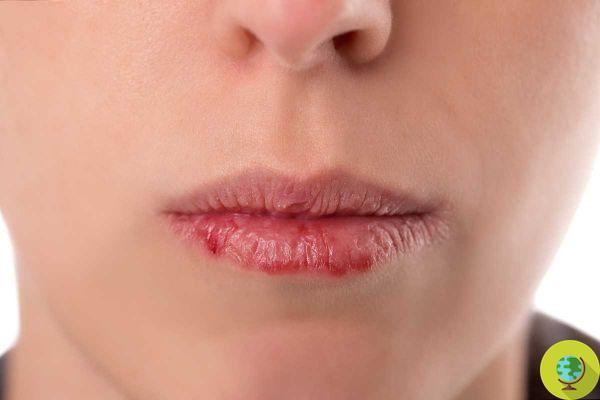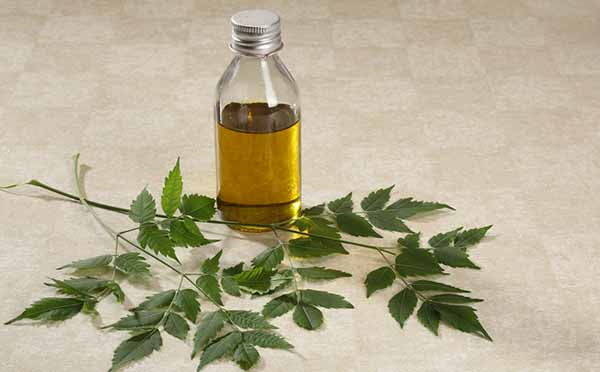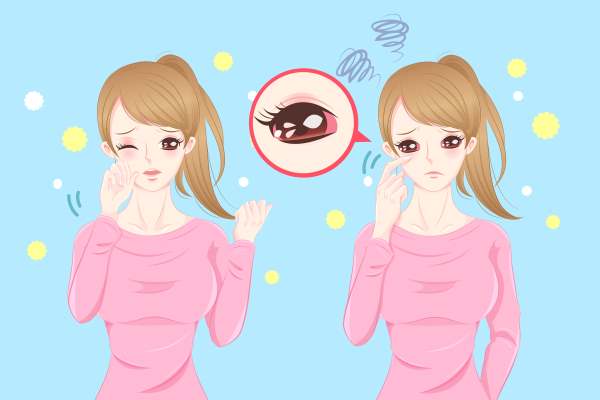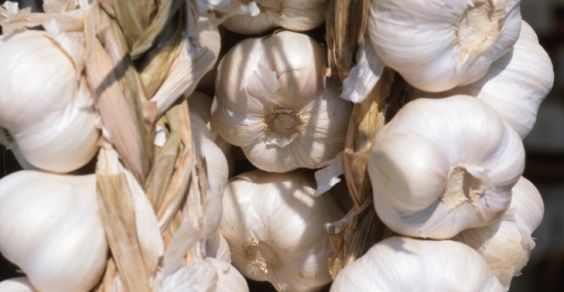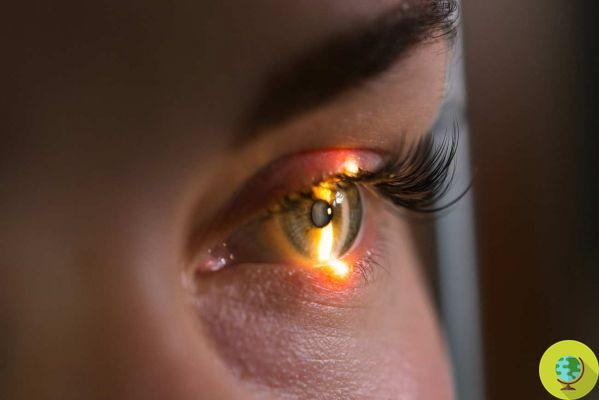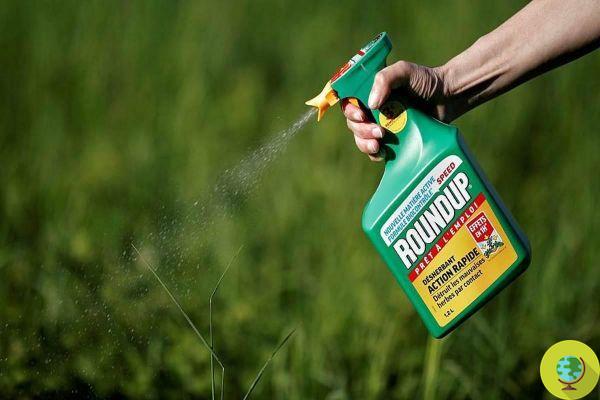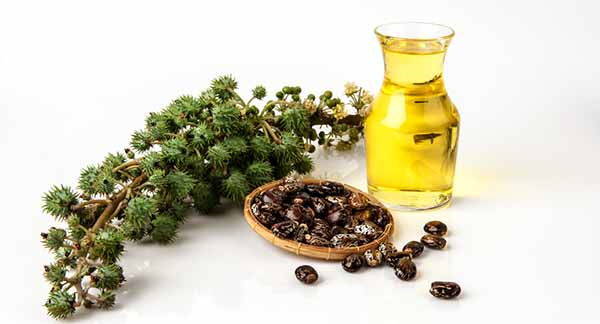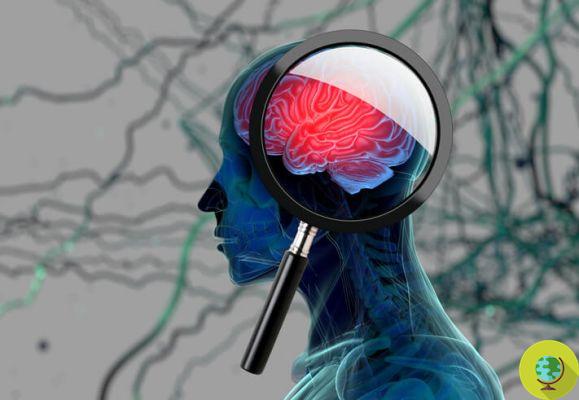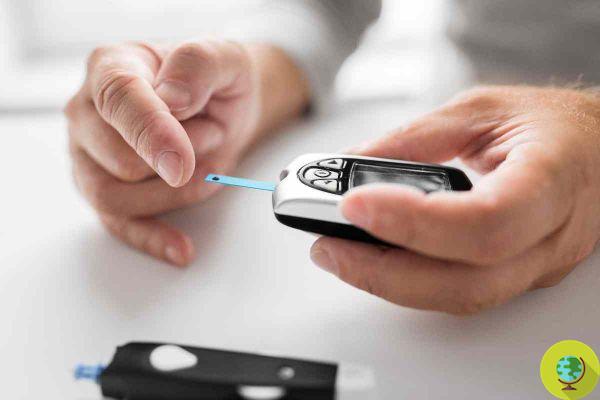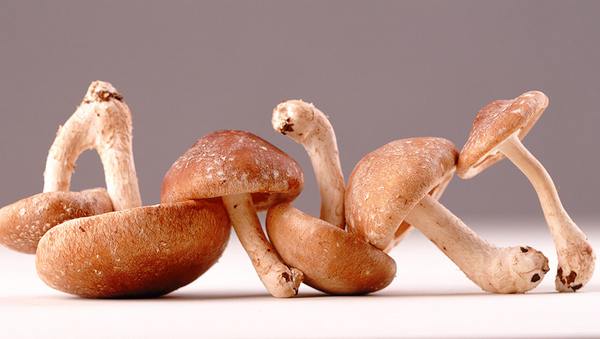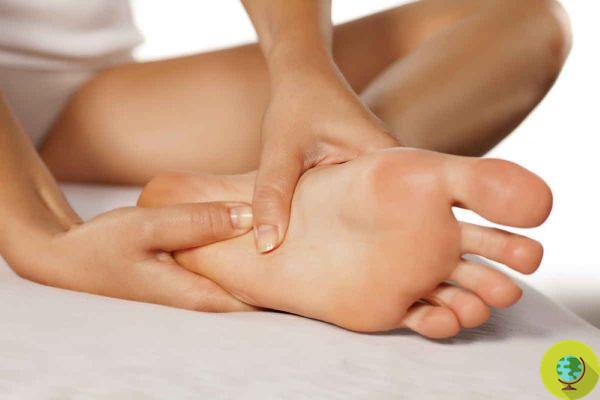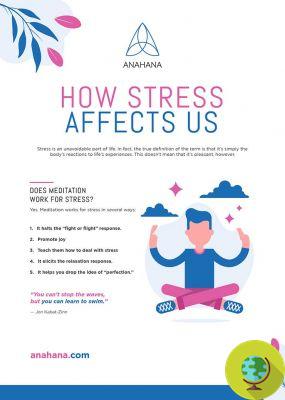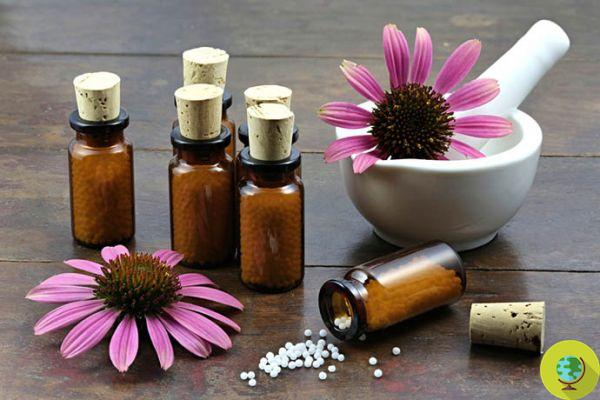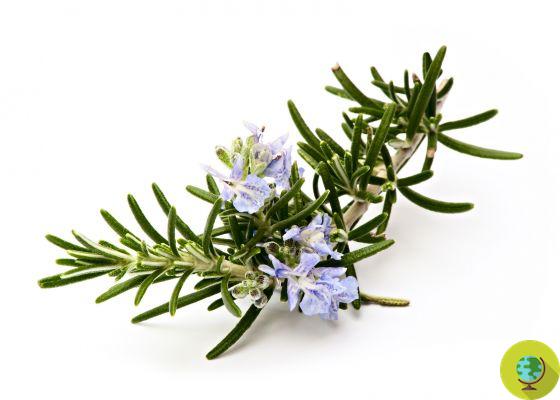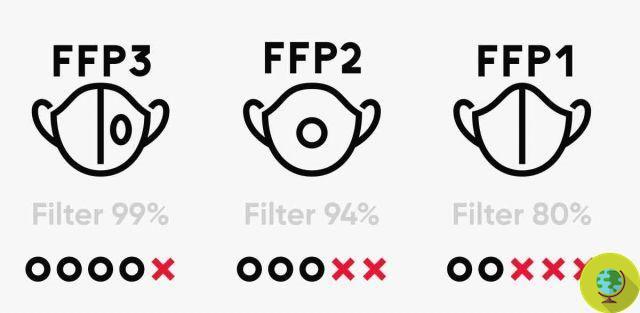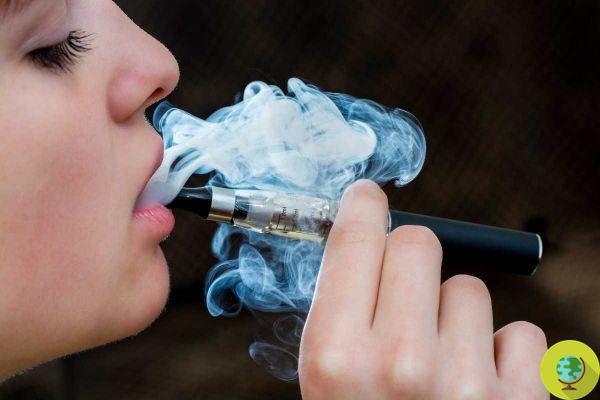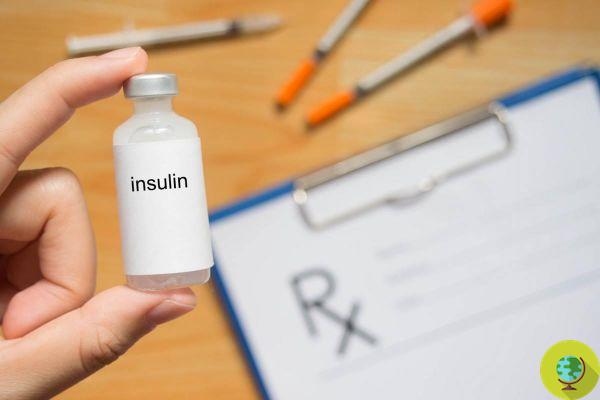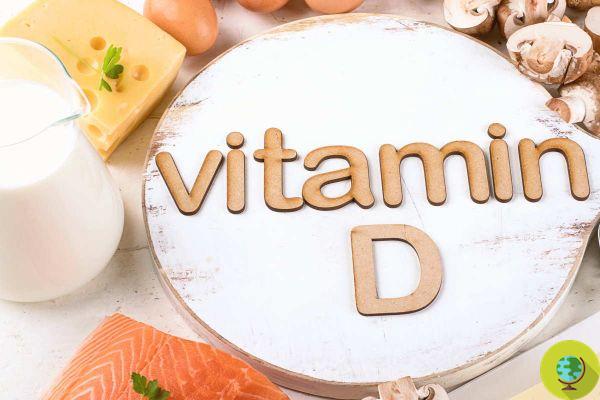
A recent study found that we can detect a vitamin D deficiency with a special smell test.
Don't store avocado like this: it's dangerousLa vitamin D is a fat-soluble vitamin, which helps our body absorb the football and protects bones, muscles and heart. Due to the low presence of vitamin D in the foods we consume, many people can develop a deficiency. (Also Read: Why You Should Only Take Vitamin D Supplements If You Have a Known Deficiency)
One of the main sources for absorbing vitamin D is sunlight, because when our skin is exposed to the sun, our body converts the cholesterol present in the body into vitamin D which will be used for its various functions. Deficiency of this vitamin can lead to numerous health problems, including muscle weakness e bone pains. A recent study found that vitamin D deficiency can also be detected with a smell test.
How the sense of smell can detect vitamin D deficiencies
A 2020 study published in the journal Nutrients was able to confirm the link between vitamin D deficiency and loss of taste and smell as we age. As this process occurs very slowly, people may not immediately recognize the signs of two-way loss. There loss of smell is defined as the inability to correctly identify more than six of the eight odors of the Pocket Smell Test (where a patient tries to recognize the smell of an object from four different alternatives), while the loss of taste it is defined as the inability to identify quinine or sodium chloride.
Researchers have determined that people who take insufficient amounts of vitamin D have 39% more likely to suffer from changes in taste and smell later in life.
How Can I Get Sufficient Vitamin D?
The recommended level of daily vitamin D intake is equal to 600 IU for people under 70 and 800 IU for people over 70 years old (the unit of measurement IU corresponds to 0,025 micrograms of vitamin D₃ / D2). Since sunlight is the main source of vitamin D, you can easily get enough of this nutrient spending a few minutes every day in the sunlight. Depending on the intensity of the sunlight, they are sufficient 10 20-minute during the spring and summer and approx 2 hours during the winter. However, you can also find vitamin D in certain foods, as:
- spinach;
- kale;
- gombo;
- soya beans;
- round beans;
- fish such as sardines or salmon.
Follow your Telegram | Instagram | Facebook | TikTok | Youtube
Photos: Nutrients
On the vitamin D you might also be interested in:
- Vitamin D and Omega 3 supplements taken together can reduce the risk of autoimmune diseases such as arthritis and psoriasis
- Vitamin D: can i get it from vegetables? There is only one vegetable source, but it is not a vegetable
- If you feel too tired while walking, you may have a vitamin D deficiency
- Vitamin D: all the consequences of a deficiency
- Vitamin D, let's not overdo it! The signals that the body sends us when we are taking too much of it




